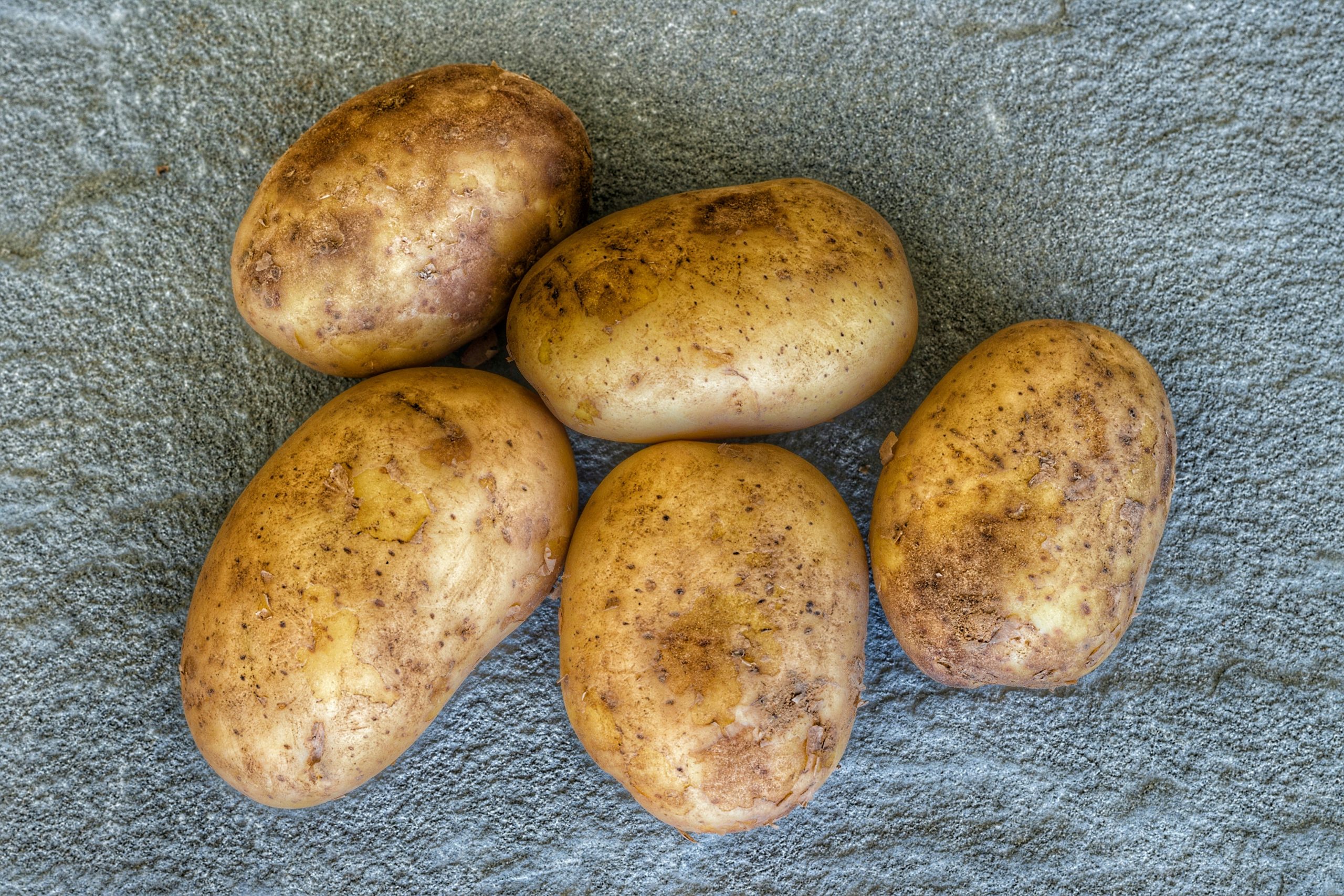**1. Myths and Facts About Potatoes**
Potatoes are a staple carbohydrate food, often avoided by people with diabetes because they are thought to raise blood sugar quickly. Indeed, hot steamed potatoes or french fries have a very high glycemic index (GI). However, by changing the cooking method and eating them cold, you can significantly lower the potato’s blood sugar response.
**2. The Magic of ‘Resistant Starch’**
– **What is Resistant Starch?:** When starchy foods are cooked and then cooled, some of the starch’s structure changes, creating ‘resistant starch’ which is not easily broken down by digestive enzymes.
– **Effects:** Resistant starch is not digested and absorbed in the small intestine but travels to the large intestine. Because it is not converted into glucose, it raises blood sugar very little. It also serves as food for beneficial gut bacteria, promoting gut health and keeping you feeling full longer.
**3. The Healthy Way to Eat Potatoes**
– **Boil or Steam, then Cool:** After boiling or steaming potatoes, cool them thoroughly in the refrigerator for at least a few hours. These cold potatoes are great for use in salads.
– **Avoid French Fries:** Frying potatoes in oil should be avoided as it dramatically increases calories and can produce harmful substances called Advanced Glycation End products (AGEs).
– **Portion Control is Essential:** Even with increased resistant starch, potatoes are still a carbohydrate food. You must control the portion to 1/2 or 1 potato at a time.
Summary: You can significantly reduce the blood sugar burden of potatoes by cooling them after cooking to increase ‘resistant starch.’ Try enjoying a healthy cold potato salad instead of hot french fries.


Leave a Reply